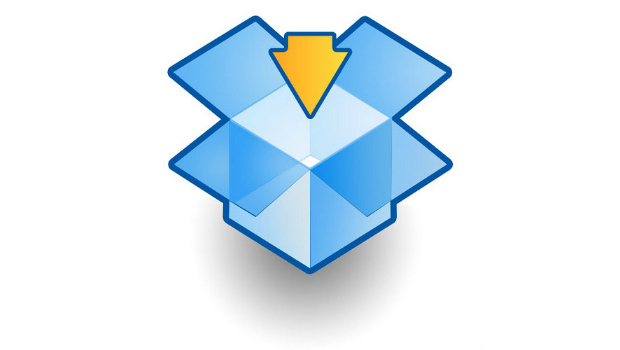Dropbox and Amazon are breaking up.
At first it seemed the relationship would last forever. A rapidly growing cloud storage start-up relies on Amazon Web Services’ cloud for most of its infrastructure needs, allowing Dropbox’s engineers to focus on its product and not investing in costly infrastructure to run it. But DropBox has decided it would rather be single.
The company has announced in a blog post that it would build up its own infrastructure stack and move mostly off of AWS.
Could this be a sign that as companies grow their cloud that it could be more efficient to build their own cloud? If so, what is that cut-off point where it is more efficient to not use the public cloud?
There were two factors that made Akhil Gupta, vice president of Infrastructure for Dropbox, realise that the company should get out of the cloud. The first is size and growth. Dropbox has 500 million users and is storing 500 petabytes of data. “The scale that we’re operating on is one that very few other companies will get to,” Gupta says.
Secondly, Gupta wanted to have end-to-end control of the infrastructure so that he could control the performance, reliability and overall user experience. “By optimising the stack and customising the infrastructure to our use case, we were able to provide a key differentiator in the market and a key value to our users,” Gupta says.
Not every company has the scale at which Dropbox operates. And most companies would not see a huge benefit from customising infrastructure to tailor it to their specific needs, Gupta says. Dropbox’s journey took two and a half years and required investments in personnel to figure out how infrastructure should be customised and other workers to manage their data centres.
“Customisation is a lot of work upfront,” Gupta said. The return on investment is over a long period of time, so you need to have the scale to invest in the teams and develop relationships with vendors. Public clouds, Gupta admits, are very good at offering infrastructure services that are good enough for many workloads. Dropbox will still be using AWS for some services, but its main storage platform will be run internally.
Forrester Research vice president Richard Fichera says unfortunately there is no simple rule for when it is more efficient to run something in your own data centre compared to using the public loud. But generally the cloud is a very efficient place to run most workloads. “Unless you’re in the upper few percentiles of size, it probably doesn’t make sense,” Fichera says of going-it-alone. Even if you do have the scale that would make economic sense to run it in-house, there are other advantages that the cloud brings. Cloud vendors provide you storage as a service — there is no infrastructure hardware to manage.
That does not mean the cloud does not have disadvantages. Public cloud providers have what Fichera calls “tolls” on using and moving data. There are not usually fees for uploading data into the cloud, but there are networking bandwidth costs for getting it out. IaaS cloud computing is also best for variable workloads that have variable needs for resources. More stable workloads may be able to run in-house more efficiently, although with the advent of discounted pricing for reserved instances or sustained usage like Amazon and Google offer, even steady workloads are finding relatively inexpensive homes in the cloud.
Other companies have dropped the cloud with mixed degrees of success. Zynga is perhaps the most notable example. The mobile app company built its games atop AWS, which allowed them to scale as they went viral. Then, they decided to build their Z-Cloud, which provided the base-level of compute resources the company needed. It was still going to use AWS for the “peak” capacity beyond what Z-cloud could handle. Eventually as Zynga fell out of favour in the app world, the company went back in with AWS.
Dropbox is confident that it will be around for the long haul and therefore these investments are worth it. Could Dropbox be ushering in a new wave of mega-cloud customers who are realising they can more efficiently run infrastructure themselves? Or will Dropbox be a Zynga case study all over again?
IDG News Service






Subscribers 0
Fans 0
Followers 0
Followers